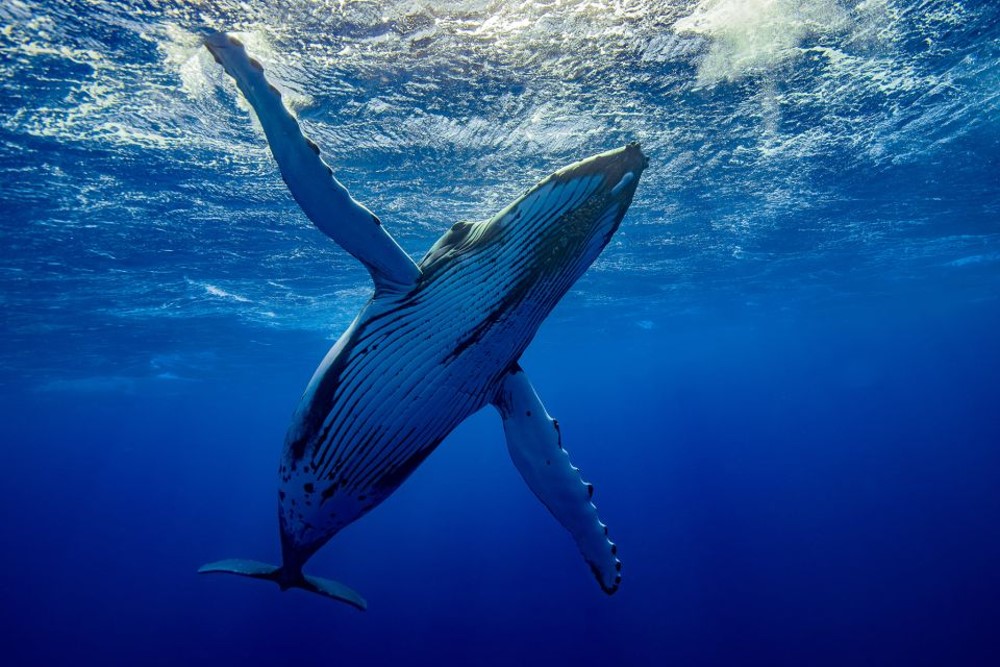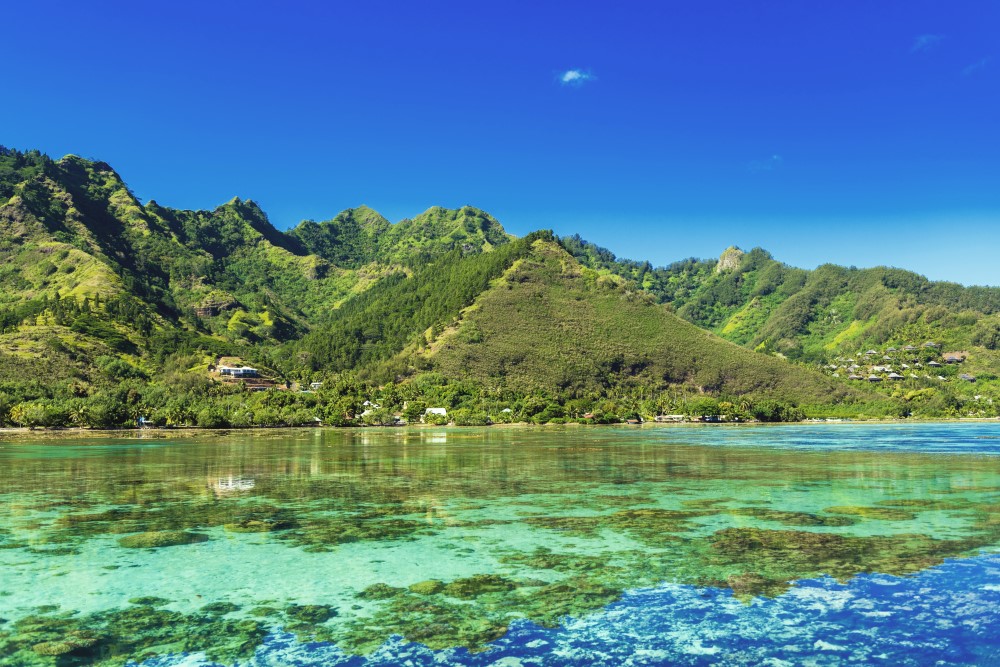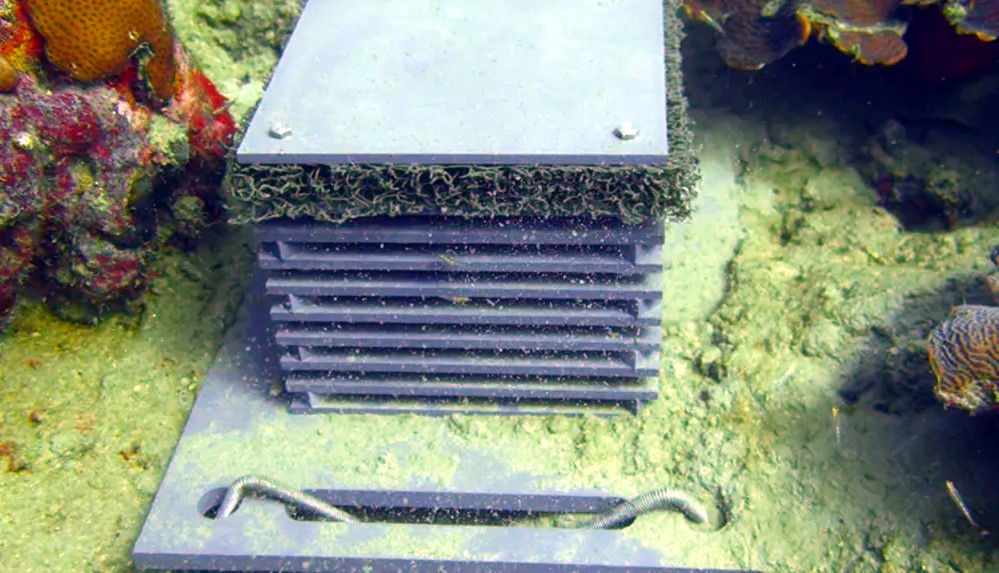The Moorea Biocode Project
The Moorea Biocode Project, initiated in 2008, was an ambitious endeavor aimed at creating a comprehensive inventory of all non-microbial life in the tropical Pacific island of Moorea. Beyond the simple cataloging of species, the project sought to DNA barcode every species, providing a unique, digital identifier for each one. This article delves into the origins, processes, implications, and outcomes of this groundbreaking project.
Why Moorea?
Moorea, a small volcanic island near Tahiti in French Polynesia, is an ecologically diverse hotspot. The island is home to a myriad of terrestrial and marine species, from its verdant forests to the coral reefs that fringe its shores. Moorea’s relatively compact size and the presence of a long-standing scientific research station made it an ideal choice for a project of this magnitude.

Objectives of the Biocode Project
Comprehensive Cataloging: At its core, the project aimed to document every species on the island.
DNA Barcoding: By extracting and sequencing a small fragment of DNA from each organism, researchers sought to provide each species with a unique identifier. This approach allows for rapid and accurate species identification, even from small or degraded samples.
Database Creation: All data, including photographs, taxonomic descriptions, and DNA sequences, were compiled into a publicly accessible database.

The Process
Field Collection: Teams of taxonomists and researchers scoured the island, collecting samples from both terrestrial and marine environments.
Lab Analysis: In the laboratory, samples were processed, identified, and stored. DNA was extracted, sequenced, and the resulting barcode matched with its respective species.
Data Compilation: The data was then entered into a specially designed database, complete with search and analysis tools.

Outcomes and Achievements
Species Documentation: Tens of thousands of species were cataloged, many of which were new to science.
DNA Barcodes: The project succeeded in generating a DNA barcode for a significant portion of Moorea’s biodiversity.
Public Database: The database has been invaluable for researchers worldwide, providing access to a treasure trove of biodiversity data.

Implications and Significance
Biodiversity Understanding: By comprehensively documenting the biodiversity of a single location, scientists can better understand ecological interactions, evolutionary histories, and the impacts of human activities.
Conservation: With a baseline of biodiversity data, conservationists can monitor changes over time, identifying potential threats and implementing strategies to protect vulnerable species.
Model for Other Projects: The Moorea Biocode Project served as a model for similar projects worldwide, demonstrating the feasibility and benefits of such comprehensive biodiversity documentation efforts.

Challenges and Criticisms
No project is without its challenges. Some critics pointed out the vast resources required for such an exhaustive inventory, arguing that the funds might have been better spent on direct conservation efforts. Additionally, the sheer volume of samples and data posed logistical challenges.
The Moorea Biocode Project was a pioneering effort in the world of biodiversity research and conservation. By combining traditional taxonomic methods with modern DNA sequencing techniques, the project illuminated the richness of life on a single tropical island, offering lessons and insights for similar efforts globally. For more information on the The Moorea Biocode Project, please click here.

